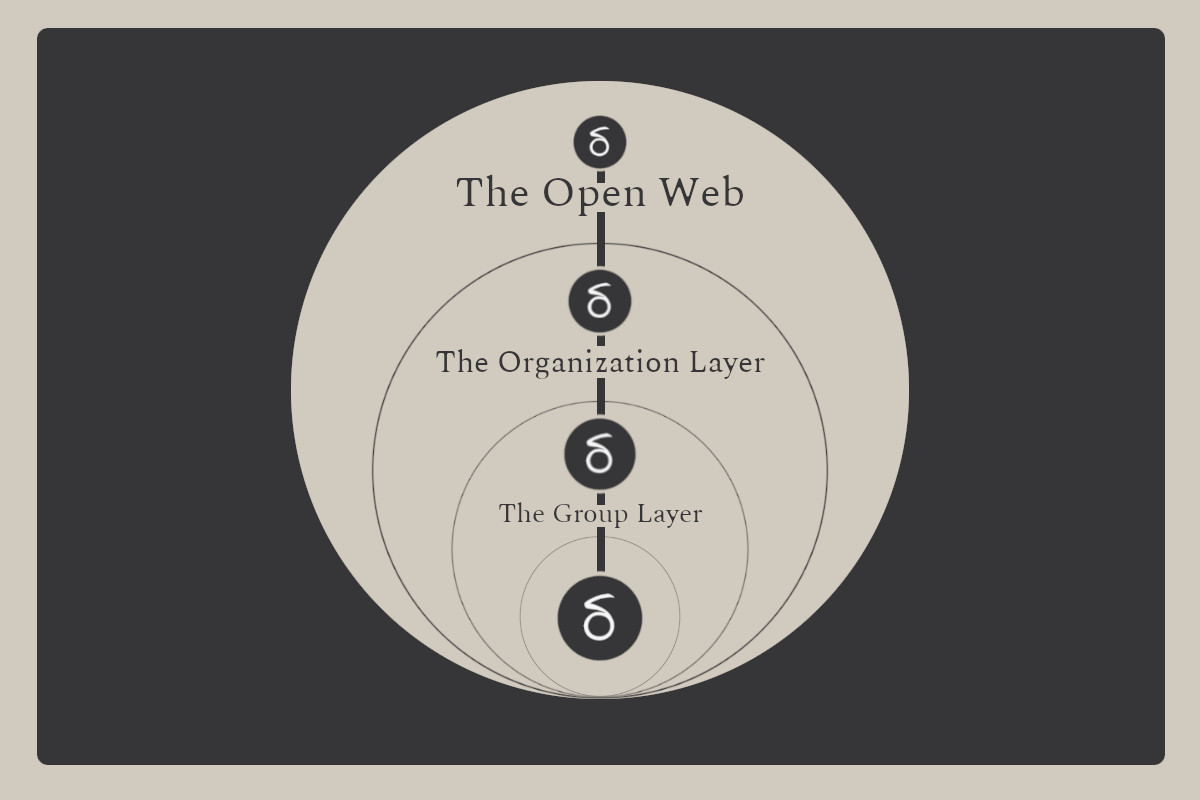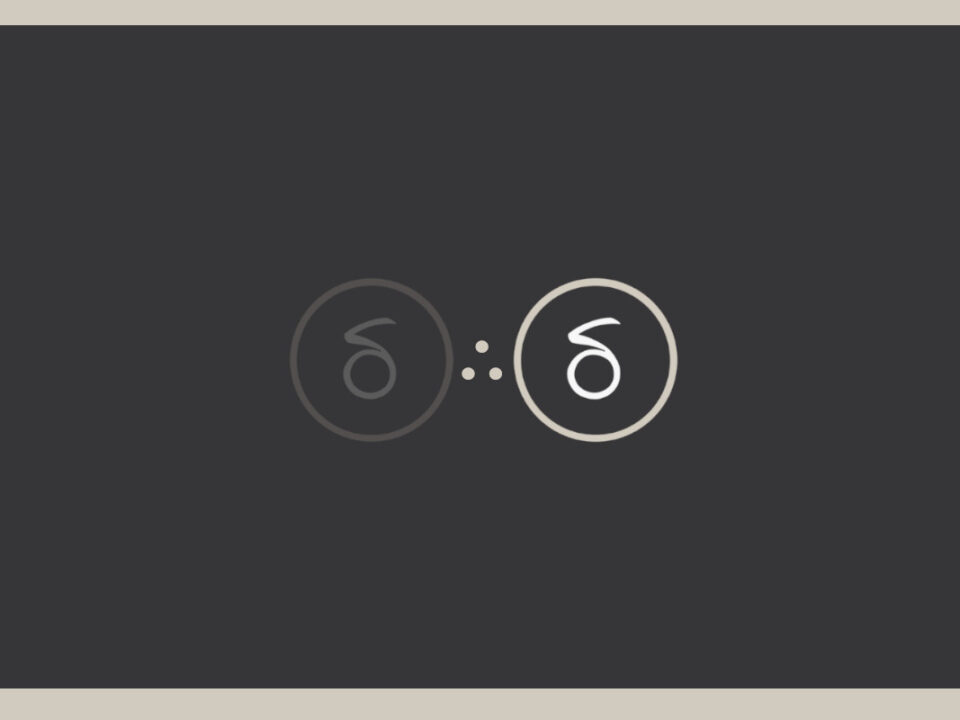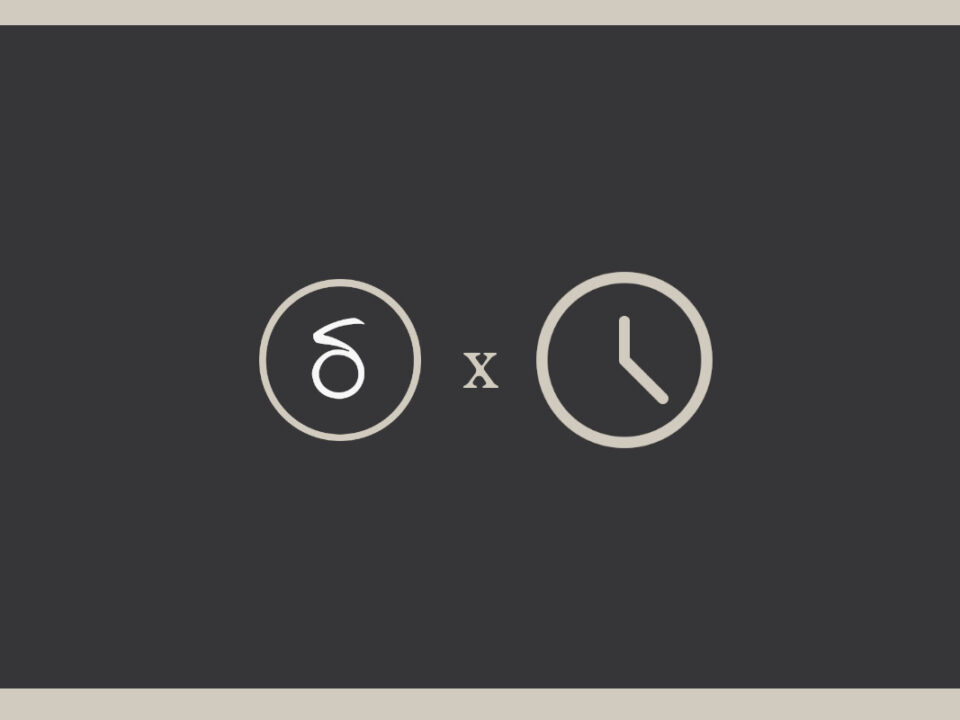Connecting The Dots: Unraveling Digital Spaces For Small Businesses, Part II
As a follow up to last week’s post on Unraveling Digital spaces, today I want to push things a bit further to apply the digital layer map I mentioned.
As a quick review, here’s a breakdown of the various digital spaces I mentioned (starting at the top):
1. The Open Web Layer
Everything accessible on the internet, essentially. Vast, growing and mostly disorganized.
2. The Organization Layer
“Organizing the world’s information.” These are sites/apps that seek, collect and organize the larger Open Web Layer.
Examples: Search Engines, AI Platforms
Platforms: Google, Bing, Yahoo, DuckDuckGo, ChatGPT
3. The Group Layer
“Where users gather & communicate.” These are sites/apps where groups of users gather together to share updates, content from the Open Web and communicate with each other. Some are more general and some are grouped by interests, topics and other common traits.
Examples: Social Media, Niche Groups/Forums, Online Communities
Platforms: Facebook, Instagram, Reddit, Twitter/X, Slack Groups, TikTok, Youtube
4. The Personalization Layer
Individual, direct communication. More personalized communication – meant for directly connecting with individual users, rather than a group of users (though not always).
Examples: Email/Newsletters, Text, Direct Messages, AI Chatbots
Platforms: Mailchimp, WhatsApp, Snapchat, Messenger, ChatGPT (Also)
Starting Small
Reviewing the above layers, you can kind of see a pattern (Mathematics, for the win, again): as you move down the layer chart, the layers generally get smaller.
The Open Web Layer contains most of the lower layers, the Organization Layer contains most of the Group Layer and the Group Layer can contain most of the Personalization Layer.
Knowing this, if you look closer at the smallest layer – the Personalization Layer – mapping out where you might need to be most relevant in the layers above – and connecting the dots (see below) – becomes somewhat more intuitive.
The Personalization Layer
If you were to describe your perfect (ideal) customer/client that you could send a direct email, text or message to – today – how would you describe them?
Where are they located?
What traits do they have (common age, interests, hobbies, jobs, etc.)?
What problems are they facing (that you solve or have a solution for)?
There are many more questions you can ask here, but the idea is simple: building the perfect customer/client for your small business (why your small business exists to begin with).
Without knowing these details, it’s really difficult to align your activities at each layer (more about alignment below).
Once you have this description, you can move to the “Group Layer”.
The Group Layer
With your perfect customer/client details, you can now move into the “Group Layer”.
These are places where those perfect customers are gathering online.
This part is significantly easier with a better description you have of your perfect customers/client, but the idea is – where (and how) are they connecting together online?
The Group Layer has varying degrees of sizes – from large/broad (Facebook) to small (niche forums like Reddit), but you can use your description of your perfect customer/client to help guide what platforms you might need to take part in, be visible and stay relevant on.
The Organization Layer
Again, using the same description of your perfect customer/client, how can you best position your digital assets (website, business listings and other digital resources) so that they are aligned with what they may be searching for online?
Since organization is the essence of this layer, it’s helpful keep this in mind when planning content you add to the Open Web (better organized content/resources are easier to find).
Another quick note – the Organization Layer is often an access point to the Group Layer (Going from Google to Twitter/X, for example) for your perfect customers.
Very often posts, comments and other content from websites/apps in the Group Layer platforms (Facebook, Reddit, X/Twitter, Instagram) are pulled into the Organization Layer (search for “small business reddit” for example).
“Organizing the world’s information” also includes information from the Group Layer, as it were, so keep that in mind.
Connecting The Digital Dots
As mentioned in my “Alignment Delta” post, search can often help refine your alignment (and fine tune your perfect customer/client description) – doing so can help you “connect the dots” from the Personalization Layer through the Group Layer, back into the Organization Layer (where search exists).
Ultimately, you want your digital efforts to so well aligned that no matter where your perfect customers/clients may be looking for a solution online, that you’re not only visible – but the most relevant – in each layer.



